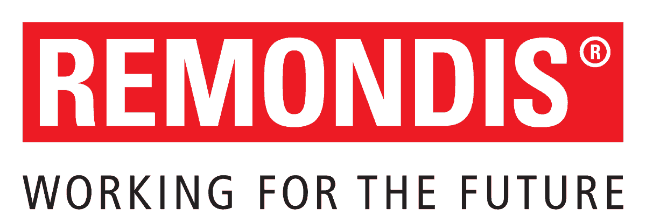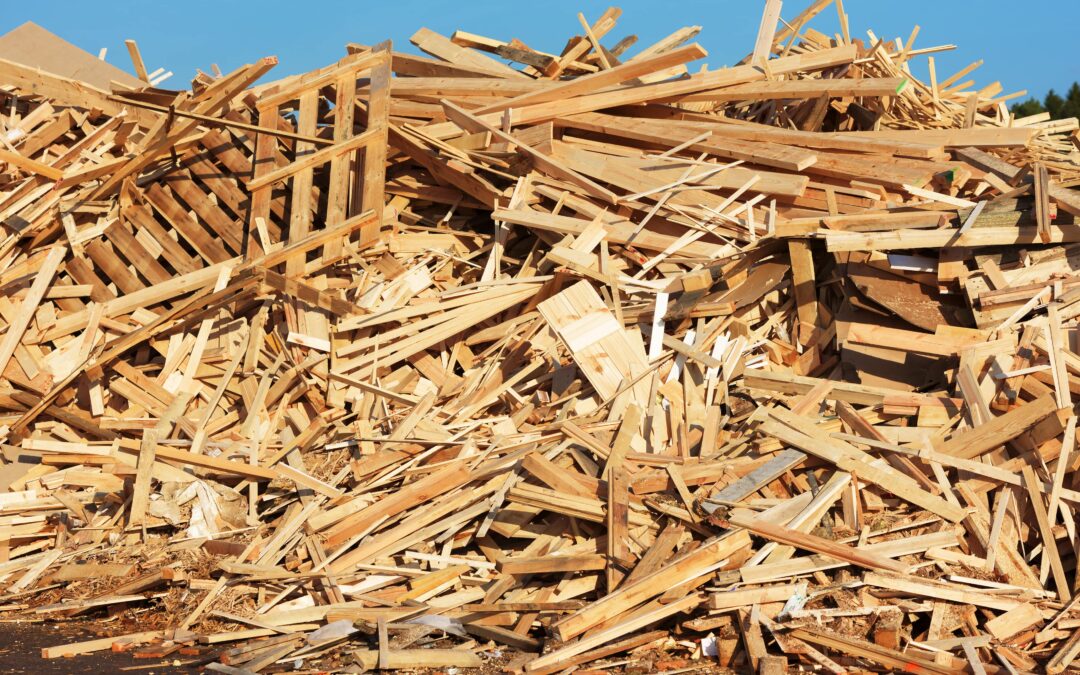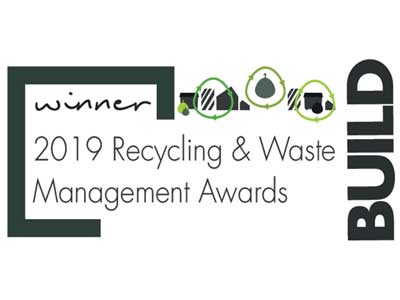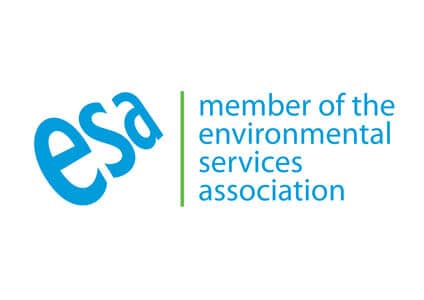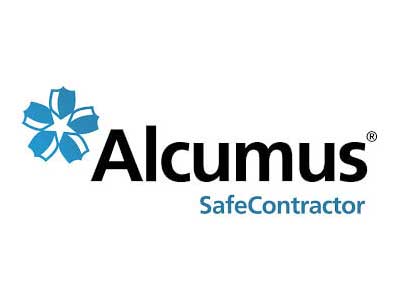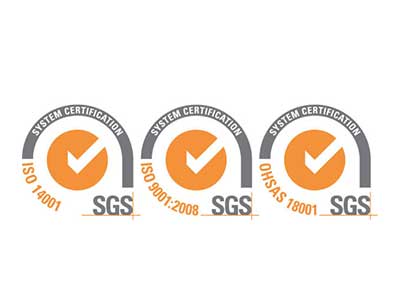Changes in the UK regulations encompassing wood waste may impact the way you deal with your waste management. How waste is handled and practices followed are changing throughout the construction and demolition industry, and it is important to stay in the loop and make sure that you are compliant.
As experts in the field, here at REMONDIS we are keeping on top of the changes and have, therefore, put together the following article of information on the new regulations and what they mean for you and your business.
Should you feel as though you need a little more expert advice, be sure to get in touch with the team here at REMONDIS who’ll be able to guide you and answer any questions you may have.
What’s Changing In The Regulations of Recycling Wood Waste?
On 1st September 2023, the Environmental Agency (EA) confirmed the withdrawal of the Regulatory Position Statement (RPS) 250 effective immediately. This decision to change the classification of ten different waste wood items follows five years of testing by the Wood Recyclers’ Association (WRA) to determine the hazardous waste contents of different waste wood products. This mainly affects ‘amber’ waste wood items, derived from construction and demolition (C&D), however, it may impact other industries.
This means that certain waste wood categories that previously would be sent to wood recyclers will now be classed as hazardous waste unless proven otherwise through analysis. Therefore, this hazardous wood waste will need to be disposed of at a permitted facility.
What Does Your Company Need To Do?
Hazardous and potentially hazardous waste wood from pre-2007 structures, or waste classed as Grade D wood waste, must be segregated and marked as hazardous waste. This waste includes:
Hazardous Wood (Grade D)
- Telegraph Poles,
- CCA Treated Wood / Creosote Treated Wood,
- Railway Sleepers,
- Waste Wood from Hydraulic,
- Engineering I.e. Docks,
- Wood from Boats or Ships,
- Tailor Beds.
Potentially Hazardous Wood List (Pre-2007 Structures)
- Tiling, Cladding & Battens
- Barge Boards, Fascias & Soffits
- External Joinery,
- Timber Frames & Joists,
- External Doors,
- Roof Timbers.
There are four grades of wood, also, that are classified as hazardous, non-hazardous or potentially hazardous:
- Grade A – the cleanest type of wood that is not hazardous. This includes the likes of pallets, packaging crates and offcuts.
- Grade B and C – may contain potentially hazardous wood, therefore requiring testing before disposal. This includes furniture, wooden fittings and chipboard.
- Grade D – hazardous waste, including wood types found in fencing, railway sleepers and cooling towers.
Any hazardous waste must not be sent to wood recyclers unless it is sent to be tested beforehand to demonstrate that it is not a risk.
What Do These Regulation Changes Mean For Your Company?
If your company produces any of the above wood waste items from pre-2007 structures, they must now be treated as hazardous waste. You mustn’t dispose of these items with the rest of your waste wood.
Instead, you must book a separate hazardous waste collection or arrange suitable testing. If your items are proven to not contain hazardous elements, then they can be recycled with the rest of your wood as normal.
The wood must be recycled with a confirmation of the test and the results.
Will Household Wood Waste Be Affected By These Regulation Changes?
Household wood waste follows the regulations of RPS 249. This will cover when a Household Waste Recycling Centre (HWRC) accepts domestic hazardous wood waste and stores it with non-hazardous wood waste. However, this is due to be withdrawn by 1 April 2024.
Household wood waste is constantly tested and the WRA is currently working to sample and test various domestic waste wood types. They currently have the expectations that hazardous contents are on the decline.
Should you have domestic wood waste to dispose of, it is recommended that you check in with your local HWRC for their guidelines.
Arrange Your Waste Wood Collection and Disposal
As a result of these changes to the waste wood regulations, most recyclers will change their regulations in the coming months to exclude these hazardous waste wood types. Unfortunately, many wood recycling facilities don’t have the provisions to accept and dispose of hazardous waste.
If you are looking for a specialist in waste disposal to remove waste wood, make sure to get in touch with REMONDIS. Our experts can advise you on the type of wood you are dealing with and whether it may be hazardous, to conclude the best solution for disposal. Get in touch today and speak to one of our friendly team members about your wood waste.
